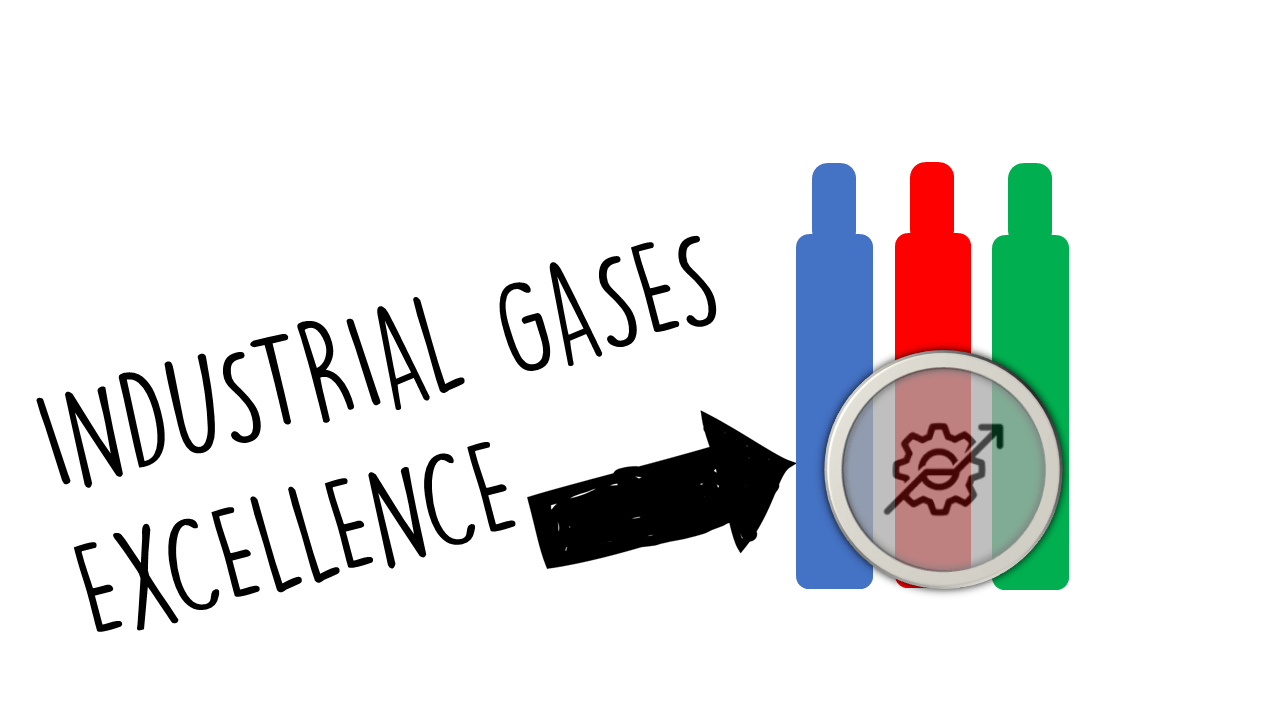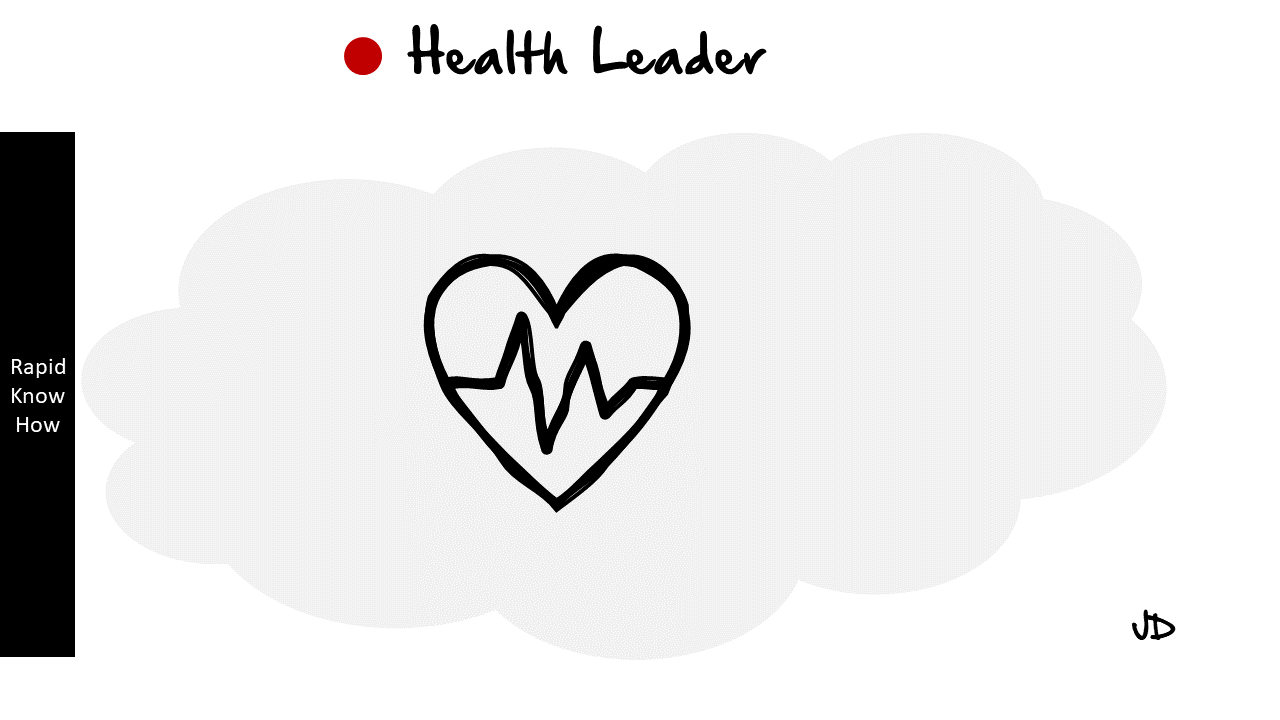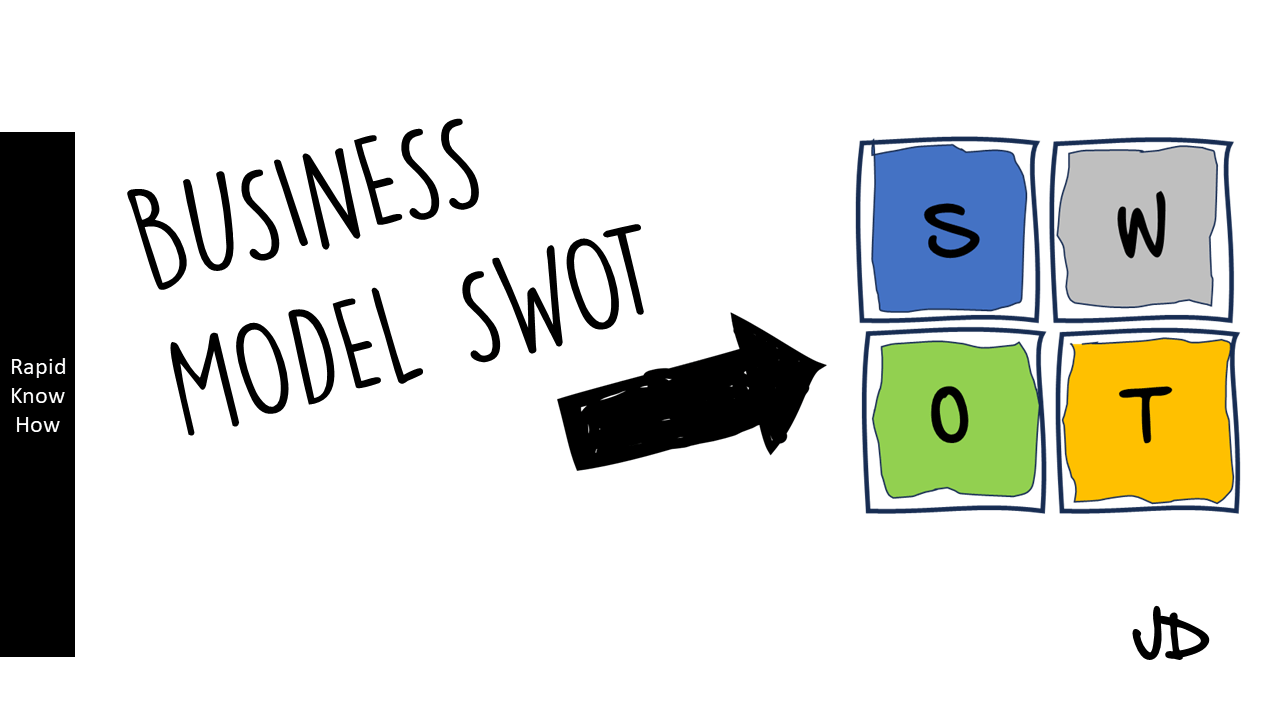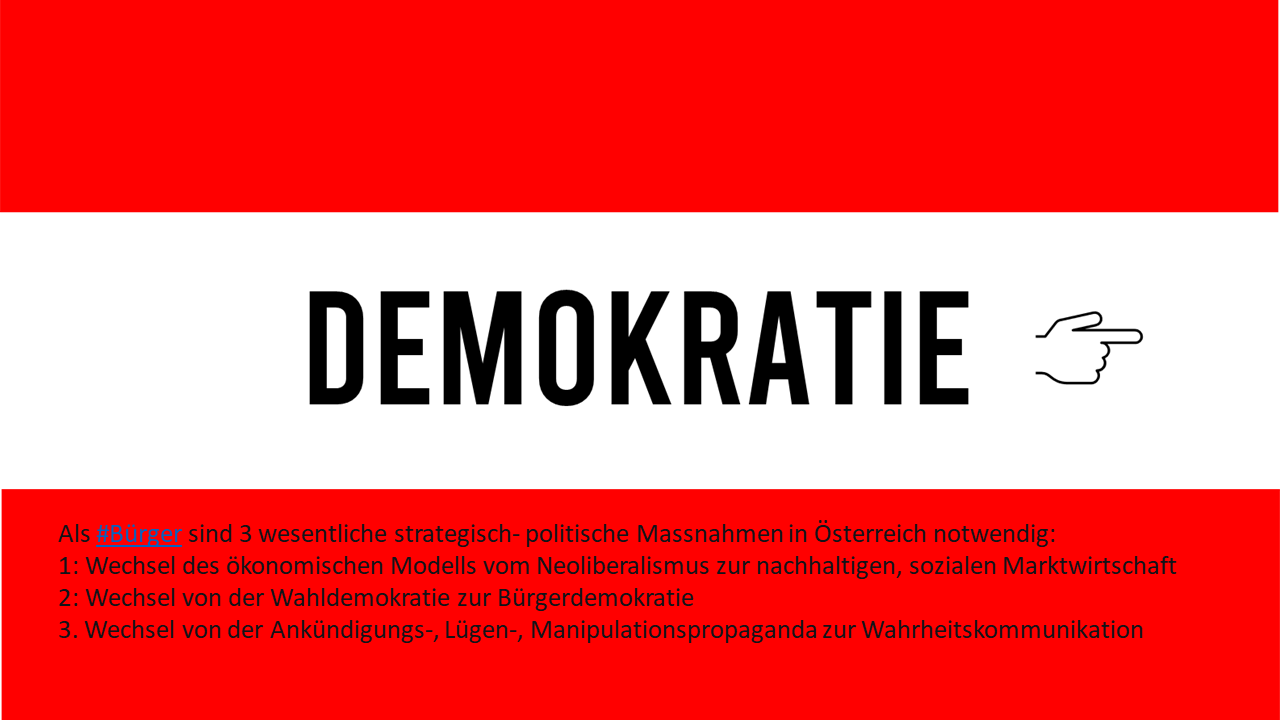Industrial Gases Excellence: Fractionalized Ownership
Introduction
The industrial gases sector is undergoing transformation driven by technological advancements, market demand fluctuations, and the need for sustainability.
Fractionalized ownership models present an innovative way to distribute investment risk, enhance operational efficiency, and foster collaboration.
This document outlines the framing and re-framing of these concepts, along with actionable steps for stakeholders.
1. Fractionalized Ownership
Definition and Importance:
- Fractionalized ownership allows multiple parties to share ownership of production facilities and technologies, reducing financial burden and risk exposure.
- It facilitates access to capital and resources, enabling smaller players to participate in the industrial gases market.
Benefits:
- Risk Diversification: Spreads operational and investment risks across multiple stakeholders.
- Increased Capital Efficiency: Companies can leverage shared resources to optimize capital investments.
- Enhanced Innovation: Collaborative models promote innovation through shared expertise and knowledge.
2. Framing
Current Perspective:
- The traditional framing highlights full ownership and control, with a focus on competitive advantage and market dominance.
- This view often neglects the collaborative potential and flexibility offered by fractionalized models.
Key Considerations:
- Highlight the operational efficiencies and joint resource allocations.
- Emphasize collective benefits in innovation, research, and market agility.
3. Re-Framing
New Perspective:
- Position fractionalized ownership as a strategic tool for growth and sustainability rather than a compromise on control.
Re-Framing Strategies:
- Collaborative Innovation: Frame fractional ownership as a pathway to foster collaborative R&D, leading to advancements in gas production and applications.
- Sustainability Advantage: Emphasize how shared ownership can facilitate investments in green technologies and eco-friendly practices.
- Agility in Operations: Highlight the ability to pivot quickly in response to market changes, leveraging shared expertise and resources.
Examples of Re-Framing:
- Use case studies of successful collaborations in the industrial gases sector where fractional ownership led to innovative solutions and market expansion.
- Showcase benefits experienced by small and medium enterprises (SMEs) participating in fractionalized ownership models.
4. Actions
Step-by-Step Action Plan:
Stakeholder Engagement:
- Organize workshops and seminars to educate stakeholders about the benefits of fractionalized ownership.
- Foster an open dialogue among industry leaders, SMEs, and investors.
Develop Frameworks:
- Create standardized agreements for fractional ownership to streamline negotiations and ensure fair terms.
- Formulate governance structures that facilitate joint decision-making and equitable distribution of benefits.
Pilot Programs:
- Launch pilot projects within selected sectors (e.g., healthcare, renewable energy) to test fractional ownership arrangements.
- Measure outcomes and share results to build confidence in this ownership model.
Promote Success Stories:
- Document and share case studies that illustrate the benefits and success of fractional ownership in the industrial gases sector.
- Utilize these narratives in marketing and stakeholder communications.
Leverage Technology:
- Utilize digital platforms to facilitate collaboration and communication among stakeholders involved in fractional ownership.
- Explore blockchain technology for secure transactions and transparent ownership records.
Continuous Improvement:
- Establish feedback mechanisms to assess the effectiveness of fractional ownership arrangements.
- Adapt and refine models based on stakeholder experiences and market dynamics.
Conclusion
The adoption of fractionalized ownership in the industrial gases sector represents a significant opportunity to enhance operational excellence and foster collaboration among stakeholders. By effectively framing and re-framing the conversation, and by taking concrete actions, industry participants can overcome traditional barriers, innovate effectively, and contribute to a more sustainable and dynamic industrial landscape.
Case Studies
Fractionalized Ownership Case Studies of Industrial Gas Companies
Here are several hypothetical and actual case studies that demonstrate fractionalized ownership models in the industrial gas sector.
These examples illustrate the potential benefits, challenges, and innovations that can arise from shared ownership structures.
Case Study1: Air Products and Collaborations in Hydrogen Production
Background: Air Products, a leading industrial gas company, utilized a fractionalized ownership model to develop a large-scale hydrogen production facility.
Implementation:
- Partnerships: Air Products formed a joint venture with a renewable energy company focusing on green hydrogen production. Each party owned an equal share in the venture, sharing costs, technology, and expertise.
- Capital Investment: By pooling resources, both companies could allocate significant investments toward advanced technologies without bearing the full financial burden individually.
Outcomes:
- The joint venture led to operational efficiencies and accelerated development timelines.
- The partners combined their capabilities to innovate in hydrogen production, ultimately reducing costs and increasing scalability.
- This model allowed both companies to benefit from a growing market for hydrogen, thus capturing a larger market share than if they had operated independently.
Case Study2: Linde and its Collaborative R&D Initiatives
Background: Linde, a global leader in gases and engineering, embarked on a fractionalized ownership model for its research and development efforts.
Implementation:
- Research Consortium: Linde collaborated with several academic institutions and technology firms to form a consortium. Pooling intellectual and financial resources allowed all partners to share the risks associated with developing new gas technologies.
- Equity Stake: Each participant held a stake in the research outcomes, incentivizing collaborative approaches to innovation.
Outcomes:
- The consortium successfully developed several advanced gas separation technologies, with commercial applications across various industries.
- Members benefited from shared intellectual property and reduced development costs, fostering a culture of innovation.
- The collaborative R&D led to faster time-to-market for new products and services.
Case Study 3: Air Liquide and Shared Production Facilities
Background: Air Liquide entered a fractional ownership arrangement for a specialized gas production facility in a strategic industrial hub.
Implementation:
- Shared Facility Model: Air Liquide partnered with several manufacturing firms to create a shared facility for producing specialty gases used in electronics.
- Investment Structure: Each partner contributed to the initial capital investment and shared operational costs based on usage levels.
Outcomes:
- The shared facility allowed smaller firms access to high-quality gases without the need for significant capital investment.
- Increased production efficiency through shared logistics and reduced downtime.
- Collaborating companies realized lower prices and enhanced supply chain reliability.
Case Study 4: Praxair’s Synergies through Joint Ventures
Background: Praxair (now part of Linde) employed a fractional ownership approach to expand its presence in emerging markets.
Implementation:
- Joint Ventures for Market Entry: Praxair partnered with local firms to establish joint ventures in countries with growing industrial gas demand. This approach allowed Praxair to share financial liability and market risks.
- Capacity Expansion: The partners pooled resources to develop and expand local production facilities tailored to regional needs.
Outcomes:
- Praxair achieved rapid market penetration without the full exposure of direct investment.
- Local partners brought essential market knowledge, making the ventures more adaptable and responsive to local demands.
- This model facilitated a reduction in operational costs while increasing market share rapidly.
Conclusion
These case studies highlight the effectiveness of fractionalized ownership models in the industrial gas sector. By fostering collaboration, sharing risks, and combining resources, companies have been able to enhance innovation and capitalize on market opportunities. This approach not only strengthens individual companies but also enhances the competitiveness of the entire industry.





